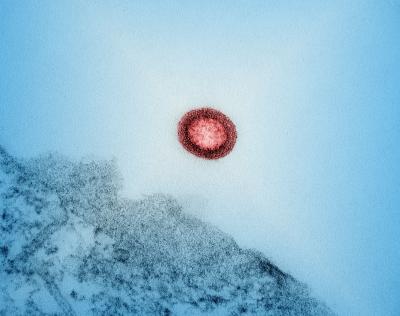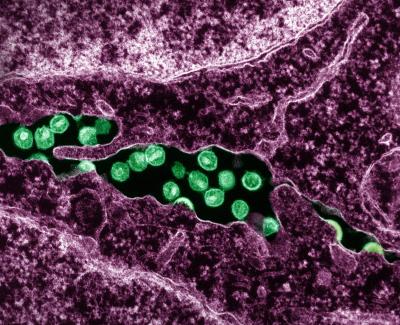NIH’s Office of Research on Women’s Health (ORWH) invites applications for the Building Interdisciplinary Research Careers in Women’s Health (BIRCWH) (K12, Clinical Trial Optional) notice of funding opportunity (NOFO) to support mentored research career development of junior faculty members, also known as BIRCWH Scholars. NIAID is among several institutes, centers, and offices (ICOs) participating in this initiative.
The NOFO encourages applications from organizations that propose innovative institutional research career development programs at the applicant institution. The proposed career development experiences must be distinct from those career development programs already receiving federal support.
Program Objectives
The goal of the BIRCWH program is to promote training and careers to develop a well-trained, diverse, and robust workforce to advance science for the health of women. The BIRCWH Program is designed around three pillars: interdisciplinary research, mentoring, and career development.
Interdisciplinary research is an integral part of the program and, as such, ORWH and participating ICOs seek an inter-professional, team-based approach for mentoring BIRCWH Scholars. Team members could include individuals from medical, dentistry, nursing, and other disciplines to represent different areas of expertise and perspectives. Such an approach should also bridge basic and clinical science as well as incorporate new collaborative models and institutional support.
What Is the K12 Activity Code?
The Physician Scientist Award, or K12 activity code, is meant to prepare newly trained clinicians who have made a commitment to independent research careers, and to facilitate their transition to more advanced support mechanisms.
The award’s principal investigator (PI) should be an established investigator capable of providing administrative and scientific leadership to the development and implementation of a BIRCWH program. The PI will be responsible for selecting and appointing trainees to the program, as well as the overall direction, administration, and evaluation of the program.
Award Budget and Other Requirements
Application budgets are limited to a maximum annual direct cost of $840,000. Further, the proposed budget needs to reflect the actual needs of the proposed project.
BIRCWH Scholar’s salary and fringe support is intended to offset only that portion of the salary that is devoted to research and career development. Each Scholar may be provided salary support of up to $100,000 in annual direct costs from NIH funds, plus fringe benefits per recipient institutional policy.
The budget must include between $25,000 and $50,000 of funding for research and career development support for each BIRCWH Scholar.
The maximum project period is 5 years.
Applications are due on May 30, 2024, by 5:00 p.m. local time of the applicant organization. A second application due date follows on May 28, 2026.
Contact Information
If you have any questions, reach out to NIAID’s scientific contact Jessi Drew at jessi.drew@nih.gov.







